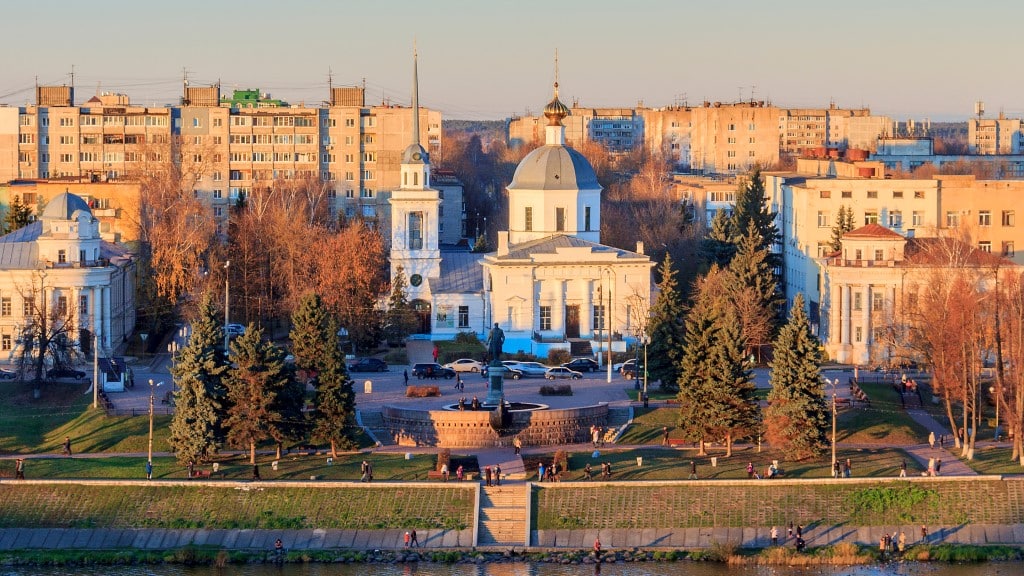Combustible materials played a role in Tver high-rise fire spread
- March 25, 2024
- 10:47 am


Iain Hoey
Share this content
Initial findings from the Tver fire incident
According to an article from the National Fire Protection Association (NFPA), the fire that engulfed a high-rise building under construction in Tver, Russia, on 14 March, showcases the potential dangers of combustible façades.
The blaze, which rapidly consumed the structure, has prompted experts to consider the building’s exterior and its construction phase as key factors in the fire’s swift spread.
The NFPA’s perspective on combustible exterior wall assemblies
Following the tragedy of London’s Grenfell Tower, the fire and safety industry has been vocal about the risks associated with combustible exterior wall assemblies.
These façades, which have gained popularity for their modern appearance and energy efficiency, often include materials that can expedite fire propagation.
In light of the Tver incident, the NFPA joins other experts in drawing comparisons to previous fires exacerbated by similar materials.
Dr. Ankit Sharma of NIST, reflecting on the event, stated: “This is one of the craziest fire spreads I have ever seen.
“Using combustible façades is akin to wrapping your entire building in gasoline and waiting for disaster to happen.”
Construction sites identified as a fire risk by the NFPA
The NFPA highlights that buildings under construction are inherently at a higher risk for fires.
The absence of fire barriers, sprinkler systems, and the presence of combustible construction materials create a prime environment for fire outbreaks.
Speculation around the Tver blaze suggests that construction practices, such as the use of mesh netting for temporary enclosures, might have contributed to the rapid spread of the fire.
The NFPA’s standards, such as NFPA 241, address these risks by setting forth requirements for materials used in temporary enclosures to enhance fire safety on construction sites.
NFPA’s global concern over combustible materials
The Tver fire is part of a concerning trend of high-rise fires linked to combustible materials, a reality that the NFPA has been addressing through standards like NFPA 285.
However, as Robin Zevotek of the NFPA explains, enforcement of these standards poses challenges: “Codes, standards, and testing are vital components of the Fire & Life Safety Ecosystem™.
“However, without a unified authority for code enforcement and a commitment from building owners to prioritize safety, our efforts face significant hurdles.”

